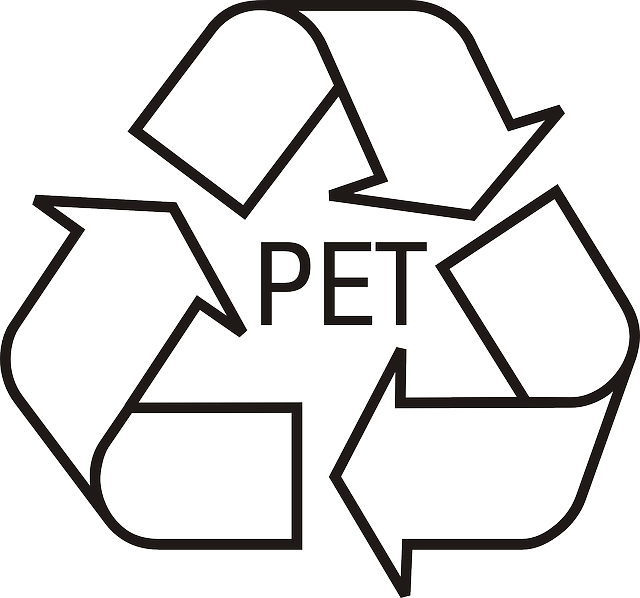OR
Express Checkout

‘100% recyclable at end of life.’ How many times have you seen that on a product? You’d naturally think it was a good thing, right? In theory, yes. However, even a 100% recyclable product is wasted if it’s not reused or recycled.
Making a 100% recyclable product is a great thing. However, the problem is that it’s no guarantee that it will be recycled at the end of its life. The infrastructure to actually recycle it could be lacking. Some councils might not accept it in curbside recycling. It could be rejected for contamination or if recycling facilities don’t have the machinery to process it. There are so many variables.
Plastic is a good example of how much recycling rates and practices can vary. There are seven categories of plastic and only 3 of those are widely recycled. These are;
The other types of plastic, including LDPE, PP, PS, and others aren’t widely recycled. This is because they’re not considered as being economically viable. While technically recyclable, these types of plastics often end up in landfill or the environment. This is why not all plastic is recyclable at end of life.
In the UK, we use 275,000 tonnes of plastic each year. That is equal to around 15 million plastic bottles per day. The average family throws 40kg of plastic away each year that ends up in landfill. Is it becoming apparent why we have a plastic pollution problem?
While making 100% recyclable products is great, it’s not enough on its own. Firstly, we need to make sure that the products actually get recycled. Otherwise being recyclable at end of life is pointless.
While choosing a 100% recyclable product is a great move, it’s only sustainable if you actually recycle it. If it ends up in landfill at the end of its life, it’s still wasteful. Always think before you throw. For more interesting articles on all things sustainability, check out the rest of our blog or check out some of our most popular articles:
- Why your business needs sanitary bins
- Can a Cigarette set a bin on fire?
Or check out our most popular wheelie bin sizes and colours
- Outdoor Recycling Bins
- Office Recycling Bins
- 240 Litre Wheelie Bins